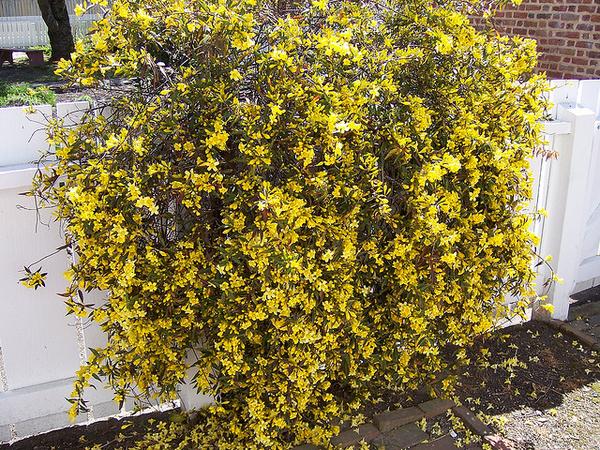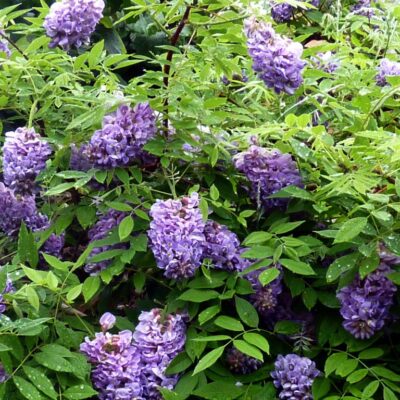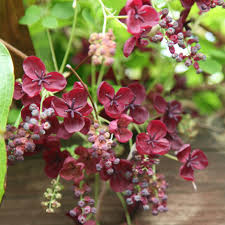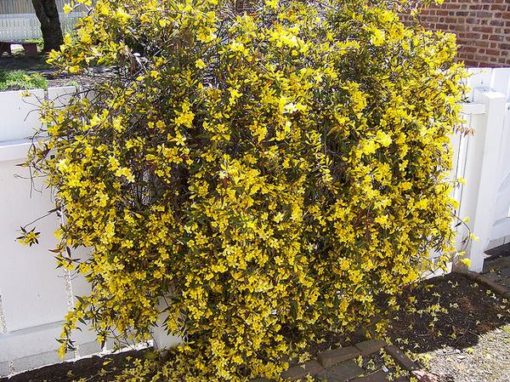Description
Carolina jessamine is tolerant of wind, short periods of drought, and is moderately salt and wet soil tolerant. Carolina jasmine is winter hardy to USDA Zones 7-10 where it is best grown in moist, organically rich, well-drained soils in full sun and acid to slightly alkaline pH. It will tolerate light shade, but best flowering and growth occur in full sun. Plants will grow as a twining vine or, if unsupported, as a bushy ground cover.









